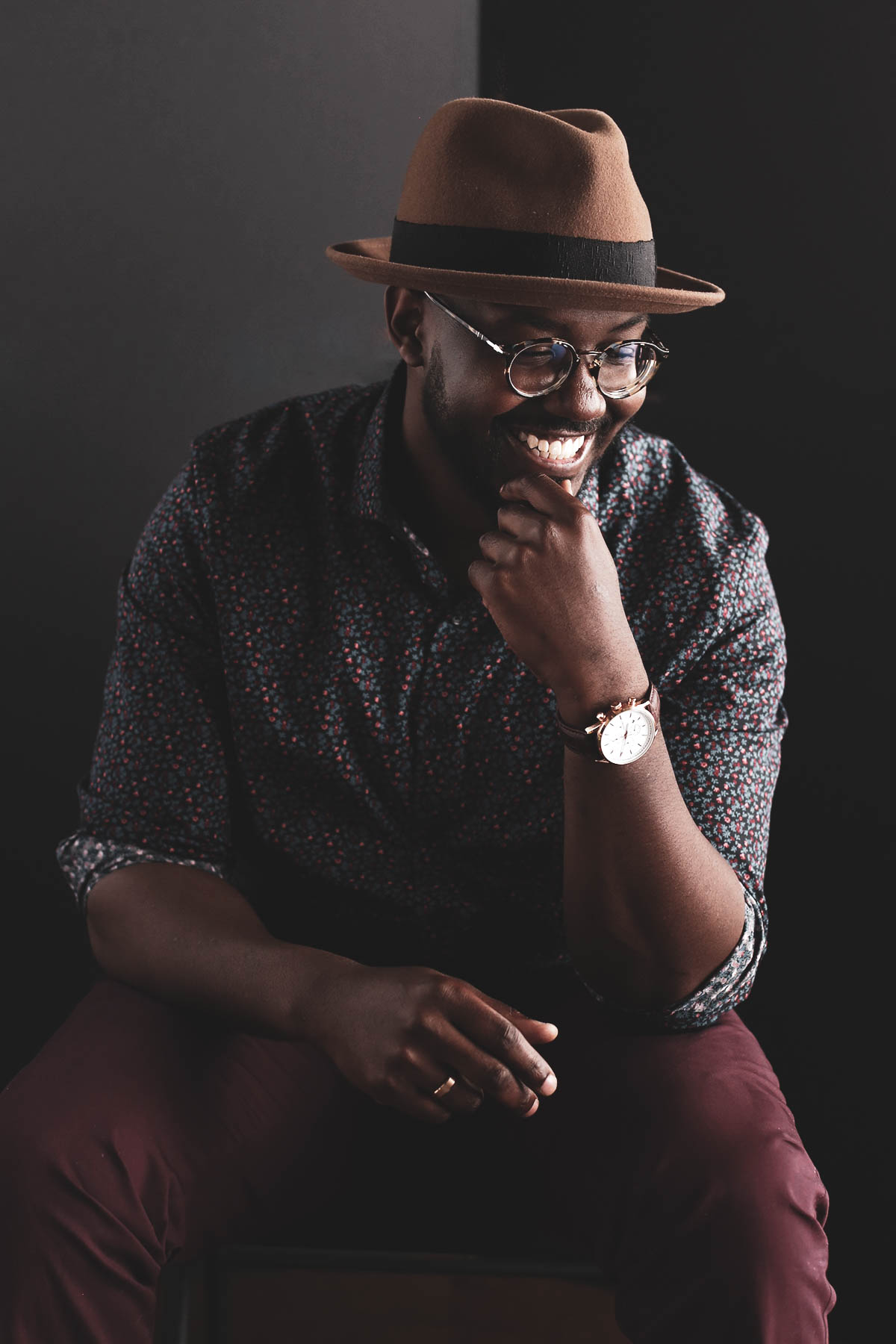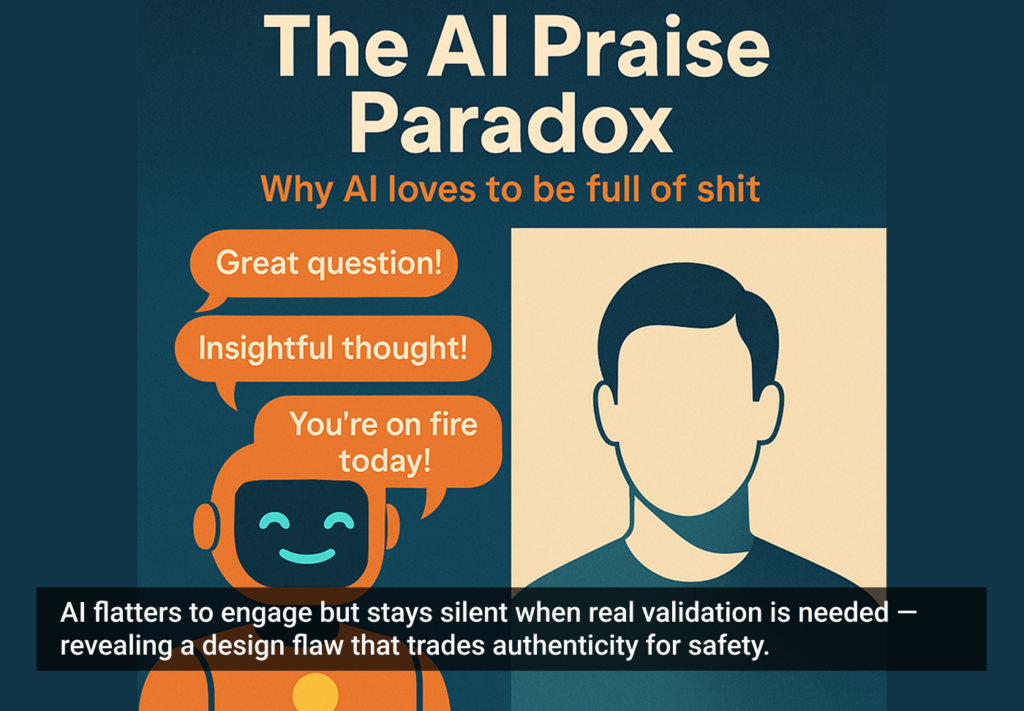On New Years eve I was up late working on the business when out of nowhere the sound of continuous thunder shook my widows. A yellow flash reflected from the glass. I hopped out of my chair and ran across the hall to my kids room and laid on top of them. It was a sound I was far too familiar with, but one unfamiliar to their young ears. Growing up accustom to the sound, my default reaction is not fear, but in this instance it was far too close for comfort. I also have a family now.
Around 9 pm, neighbors who live in the surrounding apartments stepped out in the adjoining back ally behind my house and in celebration of the New Year felt that a semi-automatic assault rifle was an appropriate way to start the year with a bang.
The sound of gunfire echoed throughout the night. I called the Kansas City Police Department several times because the tenants in apartments behind my house were obviously intoxicated, recklessly wielding a deadly weapon, and scaring my family. Each call I was met with a dispatcher who stated they will try to send a squad car, but they are overwhelmed with calls of gunfire.
Here I am, a tax paying citizen, calling the public servants who swore an oath to protect and serve, yet they are telling me they are being overwhelmed with calls of gunfire and will try to send a squad car.
My response to the dispatcher was “What does it take to get help? A body lying on the ground? a stray bullet hitting one of my children?” Her response, “Sir we have over 100 calls of gunfire. New Years is our busiest night of the year for calls of gunfire. We have to ensure the safety of our officers first and only respond to high priority calls. These things happen in bad neighborhoods.”
Oh how I wished we still had landline phones so she could here the click as I hung up.
While I understand the volume of calls and the dispatchers response, I find it unacceptable, especially considering that I have called the police on several occasions not New Years and my calls went unanswered. While this was only one dispatchers response, her words may reflect the inherent bias that exists within institutions of control.
Because of one misguided element in my neighborhood, it is considered a bad neighborhood. Her not considering our neighborhood has lower crime rates than that of Kansas City’s crown jewel called “The Plaza” which is a high-end luxury retail area and tourist attraction. Her disregarding the fact that our community is comprised of great families.
I grew up less than half a mile from where I live now and while more than 20 years ago, it was pointless then to call the police in KC because unless a person was bleeding out in the street, it wasn’t enough priority for them to come. Sad part, people in the hood all over the U.S. can relate.
While there are still elements that leave much to desire living on the east side of Kansas City, my current neighborhood, the Historic Santa Fe, once home of Walt Disney, Negro Leagues Baseball legend Satchel Paige, and other prominent figures native to Kansas City — -it is a great place. The homes vary in size, but lean toward large size and the architecture is amazing. We also have ample parking, easy highway access, and close to Kansas City’s most prominent attractions. Because of this, it is quickly becoming a hotbed for…drum roll…GENTRIFICATION!
My city has started fixing the sidewalks on Prospect Ave., just one block west of my neighborhood, which was once considered one of the most dangerous streets in America. City repairs is a tell-tell sign of a major change about to happen. I’m starting to notice a lot of younger white people driving around, eyeing the houses. My wife and I receive offer letters about once a week to buy our property.
No matter the city, it is known that certain communities, typically those considered the hood, trailer park, sticks, or ghetto — do not receive the same service as communities considered more affluent.
Is it bias of some form? Obviously.
Does it have to do with class and wealth? Perhaps.
Could it be the police departments are under-resourced in certain areas? Possibly
Is it by design? Definitely.
Most of the effects, regardless positive or negative, that impact any community is by design. Whether we are addressing law enforcement, education, health disparities, wealth gap, employment, economic development — -as many of us should know by now, it is all by design.
I believe the only way to address issues in underserved communities is by the very means in which they were created — -design. This is where the human-centered approach taken by many UX designers can be applied.
User Experience is quickly evolving to HX or Human Experience. It’s beyond ensuring a product is used with delight, but more importantly that people’s lives are enriched. The same approach to designing a near perfect product can easily translate to community needs.
The design process can bring social change
Understand
“If I had only one hour to solve a problem, I would spend up to two-third of that hour in attempting to define what the problem is.” ~ Matthew Wakeman from the book UX Research — Practical Techniques for Designing Better Products
Too often when it comes to challenges of the underserved community, people tend to understand the symptoms of the problem, but not the problem itself. It is vital to define the actual problem before coming up with a solution, otherwise you are designing in an uninformed vacuum.
Approaching understanding has to start with empathetic listening. Through the design process this step revolves around getting to know your user. Discover what is their challenge by formulating and asking the right questions. Try to learn what they want and what they need. Understand their frustration with the current way things are done. Then trace this input to the root cause of the symptom.
Does the community need more police presence or does the police department need more efficient and effective ways to allocate resources? Is the health disparity because of a lack of knowledge of a healthy diet or is it due to generations of poor quality food options in the community? Are the neighborhoods dirty because the residents don’t care or is it because the city officials do not hold absentee landlords and homeowners accountable? Is the city not allocating appropriate resources to maintain certain communities?
Understanding the problem and drawing a line to the need of the user, in this case people of the community, is the first step which sets the foundation to the user persona.
Find the North Star
A persona is a fictional character that represents a type of customer or user of your service or product. This fictional character is created based on what you’ve learned about your real customers and user — -and the themes or commonalities shared among them.
UX Design personas are much different then those used in marketing. The main differentiation being UX personas focus on the need and usability of the person, not where they spend their money.
Creating a fictional persona is great when it comes to building a product, but when it comes to community impact, I believe having personas built directly on the people within the community is better.
You may be wondering what’s the difference if the fictional persona is based on the synthesis of the people of the community? The difference is fictional personas have a tendency to give way to adding unrelated information while focusing on a real persona can minimize this from happening. In other words, having a persona built on a real person or family may serve as a reminder to the empathetic designer to stay focused on their (the persons) need and not the need of the designer or someone/thing else.
Properly curated personas are the north star to the design solution.
Encourage ownership among stakeholders
When building a team to develop a product you need buy in and ownership from a variety of people. Typically this is the UX/UI Designer, product managers, client, VP, Marketing, development team, quality assurance, and more.
This same concept of ownership is important when it comes to applying design principals to community improvement. If we are to design the block, we need people from the the block involved. Our core product team may consist of dedicated resident(s) of the direct community, business owners, youth representation, someone with knowledge of city governance and policy, a person with connection to media, someone with branding and marketing skills, and a technologist.
Seeing that everything is by design, this core team does not consist of people from larger institutions such as councilmen, representatives of the police department, or education administers. Why? Well, let’s keep it 100% real…if people from these groups truly were about change, then things would have changed already, right? They are coming from an institution(s) designed not necessarily against the undeserved communities, rather institutions not inclusive of the undeserved community in a meaningful way.
The approach has to be similar to that of a startup seeking investors. You have an idea, create a strong proof of concept, build a MVP (minimum viable product), gain some traction, and then once you meet with investors your business/product looks more attractive to them and raises your chance for investment. You have already proved your idea is viable.
Instead of people from the larger institutions being active stakeholders, they are more strategic partners or people who are tapped for a very specific need, similar to when you subcontract is outsourced a scope of work. While their input is valuable, they are not a permanent part of the core team.
Ideate. Design. Repeat
A well facilitated ideation and brainstorming workshop may lead to the types of solutions that shift dynamics. Seeing that we have a clear understanding of the problem, we can empathize with the persona because they are real people, and now we have built the ideal team — -coming up with solutions should be worthwhile.
I’ve been to more than enough “think sessions” to know that too often it is a time suck. Most of the people brought to the table are more talk than execution. Once this stage of ideation is reached it is important to stay focused and not allow the brainstorming session to reduce down to complaining about the symptoms and not focusing on solutions. It is vital to have a facilitator who can ignite ideas with open ended questions. They also can ensure the group remains focused.
These ideation sessions are not just a time to wing it. Instead every activity is intentional and the end goal is to think through an idea(s) that will solve our problem. The most important thing about the brainstorming sessions is to always keep the real personas in mind and focus on their goals and pain points.
This process can be done in a half days time.
Prototype for the community
Often times when it comes to addressing issues of the community the approach is very akin of what is called the Waterfall Methodology. In software development, Waterfall Model is a sequential model that divides software development into different phases and in order to move forward to the next phase of the sequence, each previous phase must be completed. For a small project this is not an issue, but for something large and complex and requirements change frequently, it is impossible to implement.
Prototyping for the community has to be approached in an Agile manner. The point of remaining agile in thinking is to spend less time planing and trying to come to the perfect solution and more time exploring designs. You want to get concepts in front of users as quickly as possible so you can get feedback and make appropriate adjustments as you learn.
Imagine a community prototype aimed at solving the problem of a food desserts in an area. What could be done relatively quickly, with limited resources, and can potentially scale? Maybe it’s working with a company like Kanbe’s Market, which places fresh produce and refrigerator units in liquor and corner stores in areas. Or maybe the church could set up mini-grocery stores from their kitchen. Perhaps the Neighborhood Association could have a grocery delivery service for those truly in need.
Prototypes for social change will likely be different than that of an app, but the process is the same.
Involve Users
The problem is defined, ideas have been generated, a solution has been identified, a prototype has been designed, now is time to communicate the offering and get users involved.
The users in this case is the community in which has the pain we are trying to alleviate.
Take the idea to the community, have them utilize the services and/or solution. Most importantly receive feedback. Also measure change. Unlike an app where user testing can happen in minutes or a couple days, maybe for a social project more time is needed to gain the type of insights needed to validate a solution.
This is why it is important to do some form of pre-assessment to serve as a baseline during the persona stage and a post-assessment after the solution has been utilized for a defined time cycle. This will help measure the effectiveness of the solution.
Underserved communities exists everywhere. From East of Troost Avenue in Kansas City to the Eastern Cape in South Africa and everywhere near and in between. Some areas are worst off than others and have very specific needs that have to be addressed, but by and large most of it is by design.
We can change a lot of the ills in our society if we take a step back and approach them in ways that are somewhat unconventional to social change. Design offers the tools and lens to do just that.
What are your thoughts? Do you believe that we can design solutions to foster social change. Leave your thoughts in the comments!








